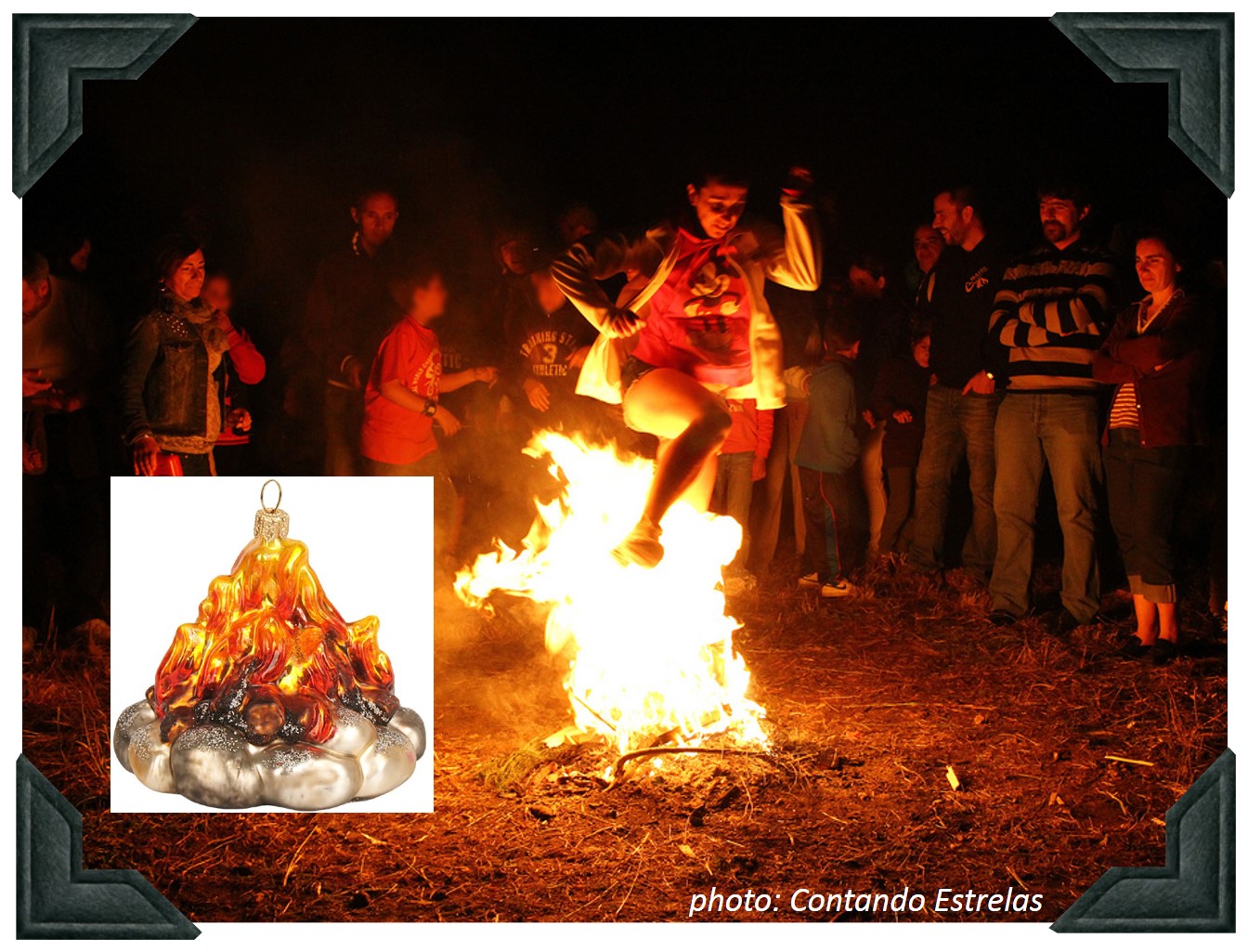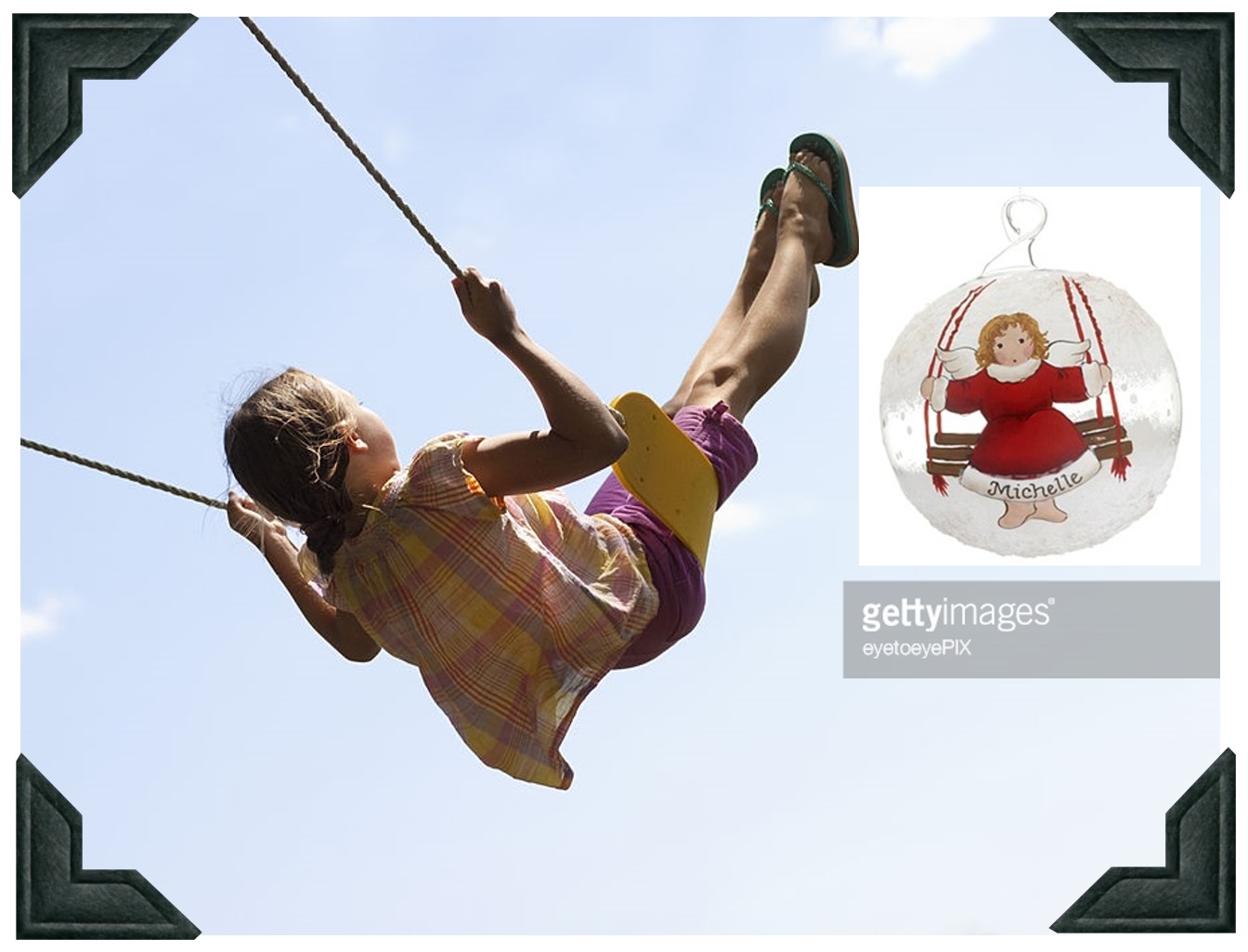As you might expect, Christmas in Spain is a spiritual celebration. After all, the country is overwhelmingly Roman Catholic and its patron saint is the Virgin Mary. What you might not expect is that Christmas in Spain is marked by many traditions. These unique events are ones that its people can claim as completely their own.
Christmas In Spain Unique Holiday Traditions
Take, for example, the tradition of hogueras. The winter solstice marks the beginning of winter. On this shortest day of the year, many Spaniards light fires and jump over them. Or at least, some people try to jump over them. Their theory is, if they can dodge the flames, they also can dodge illness in the coming year.
Hogueras break out all over during Christmas in Spain, especially in the towns of Jaen and Granada. These two towns are credited with where the tradition began before the advent of Christianity.

If you are lucky enough to travel to Spain for the holidays, you can enjoy the strong importance of religion. Christmas in Spain officially begins on the feast of the Immaculate Conception, December 8. On that day, a gothic cathedral in Seville hosts a dance ritual known as los seises (the “dance of six”) though it actually features 10 choir boys, who dress in 16th century costumes.
Many families assemble on Christmas Eve for the La Misa del Gallo, or the Mass of the rooster. Why the rooster? Locals believe in the legend that the only time a rooster ever crowed at midnight was the moment Jesus entered the world.
One of the most spectacular of these candlelit midnight Masses takes place in the monastery of Montserrat. This monastery is located high up in the mountains near Barcelona. Visitors can see a boy’s choir strive to perform the vocal selections in “one pure voice.” At other churches, midnight Mass is followed by a special Christmas dance called a jota. A jota is lively with guitars and castanets playing in the background.

Commemorate your trip with a Personalized Spain Suitcase Ornament you can get at OrnamentShop.com to remember the excitement.
Christmas in Spain: A Swinging Good Time
While many families spend Christmas day savoring the leftovers from their Christmas Eve feast, they take a break so that their children can indulge in “swinging.” This tradition means more than pumping a swing to unparalleled heights for the sheer joy of it. Spaniards believe the children can encourage the sun to shine brightly by swinging closer to the sky.

Spanish children revere the three kings and especially Balthazar, and for good reason. He is the one believed to leave toys and candy to celebrate Christmas in Spain. In their honor, many Spanish families enjoy roscón de los reyes, or king cake, on January 6, the day of the Epiphany.
Spaniards love their ring cake filled not only with dried nuts and fruit, but a coin, ring or other trinket that the recipient extracts before he or she is crowned as “king” or “queen” for the day. Christmas in Spain is colorful. You can see how the treasure can be easy to miss in the beauty of the cake, that is lavishly decorated with candied fruits. These fruits are meant to replicate the emeralds and rubies that glittered the robes of the three kings.
At Ornamentshop.com, we think it would be difficult to find a country that better integrates religious reverence with unabashed fun than Spain. See if your friends agree by referring them to the full article via Facebook or Twitter.


